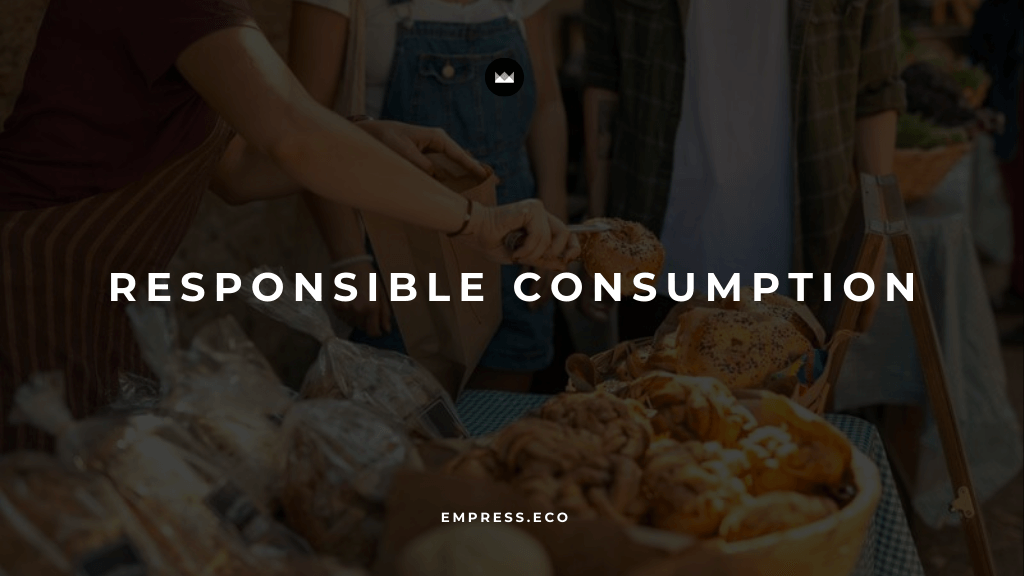
Living Responsibly: Promoting Sustainable Consumption and Production Patterns
Advancing SDG 12 – Responsible Consumption and Production for a sustainable future.
Table of Contents
Ensuring sustainable consumption and production patterns is essential for addressing the pressing environmental challenges of our time. Sustainable Development Goal 12 (SDG 12) aims to "ensure sustainable consumption and production patterns" by 2030, recognizing the need to decouple economic growth from environmental degradation and promote resource efficiency.
The Current State of Consumption and Production
The global consumption and production patterns are currently unsustainable, leading to significant environmental degradation. According to the UN Sustainable Development Goals Report 2024, the world wastes 1.05 billion metric tons of food annually, with households accounting for 60% of this waste. This waste generates 8-10% of global greenhouse gas emissions and costs over $1 trillion annually. Additionally, e-waste generation has risen to 62 million metric tons in 2022, with only a small fraction being recycled properly.Key challenges include:
- Food Waste: 19% of global food is wasted at the retail and consumer levels, contributing significantly to greenhouse gas emissions and resource strain.
- E-Waste: High rates of consumption and insufficient recycling lead to vast piles of e-waste, exacerbating environmental pollution.
- Resource Use: Domestic material consumption has grown by 69% from 2000 to 2022, highlighting the need for more efficient resource use (UN).
Key Strategies for Sustainable Consumption and Production
To achieve SDG 12, a multifaceted approach is essential. Here are some key strategies:
1. Promoting a Circular Economy
Transitioning to a circular economy involves designing products for longevity, repairability, and recyclability:
- Product Design: Encouraging the design of products that can be reused, remanufactured, or recycled (UNEP).
- Circular Practices: Supporting businesses that adopt circular economy principles to extend product life cycles and reduce waste (One Planet Network).
2. Reducing Food Waste
Addressing food waste is crucial for sustainability:
- Policy Measures: Implementing policies to reduce food waste at the retail and consumer levels (UN).
- Public Awareness: Educating consumers on the importance of reducing food waste and promoting practices such as meal planning and composting (Pawprint).
3. Sustainable Resource Management
Efficient use of natural resources is vital for sustainable development:
- Resource Efficiency: Promoting practices that enhance resource efficiency across all sectors (UNEP).
- Sustainable Procurement: Encouraging public procurement practices that prioritize sustainability (UN).
4. Enhancing Sustainability Reporting
Transparency in sustainability practices is essential for accountability:
- Corporate Reporting: Encouraging companies to integrate sustainability information into their reporting cycles (UN).
- Global Standards: Developing and harmonizing international sustainability reporting standards (UN).
5. Supporting Developing Countries
Empowering developing countries to adopt sustainable consumption and production patterns is crucial:
- Capacity Building: Strengthening the scientific and technological capacity of developing countries (Global Goals).
- Financial Support: Providing financial assistance to support sustainable initiatives in developing regions (One Planet Network).
Conclusion
Promoting sustainable consumption and production is essential for creating a sustainable future. By adopting circular economy principles, reducing food waste, enhancing resource efficiency, improving sustainability reporting, and supporting developing countries, we can make significant strides towards achieving SDG 12. As we work towards 2030, it is crucial to maintain momentum, adapt to emerging challenges, and ensure that our consumption and production patterns are sustainable.Through innovation, investment, and collaboration, we can create a future where responsible consumption and production are the norm, ensuring a healthier planet for future generations.
Empress Newsletter
Join the newsletter to receive the latest updates in your inbox.



